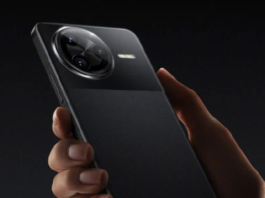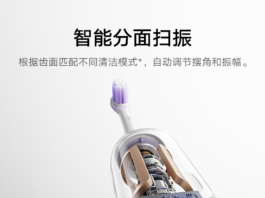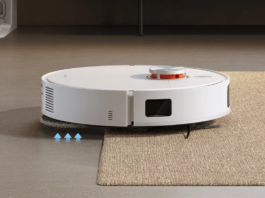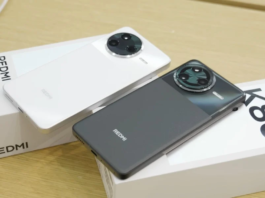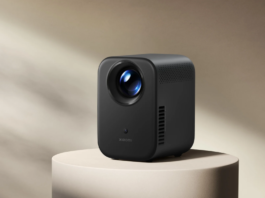New information has surfaced regarding the development of the Redmi K80 series, revealing that Xiaomi is collaborating with TCL to bring this highly anticipated smartphone to life. The partnership is focused on integrating TCL’s OLED display technology into the device, while Xiaomi continues to handle the overall design and software features. The Redmi K80 is expected to be powered by the Snapdragon 8 Gen 3 processor, and its Pro variant is set to feature even more advanced hardware. Here’s a breakdown of what we know so far about the upcoming Redmi K80 series.
Xiaomi and TCL Join Forces for the Redmi K80
The Redmi K80 series is expected to be officially unveiled in November, and it has already garnered a lot of attention due to the involvement of both Xiaomi and TCL. According to recent leaks, the K80 series will come equipped with TCL’s OLED display, which promises high-quality visuals and improved performance in terms of brightness and color accuracy. This collaboration is a significant step for Xiaomi, as it ensures that the Redmi K80 will offer a premium display experience, a crucial factor for consumers in the mid-range and flagship markets.
Powerful Processors and Advanced Technology
Under the hood, the Redmi K80 will be powered by the Snapdragon 8 Gen 3 processor, which is known for its efficient performance and power management. This chip will ensure that the K80 can handle everyday tasks, multitasking, and even demanding gaming or media applications with ease. For those looking for a more powerful option, the Redmi K80 Pro will feature the next-generation Snapdragon 8 Gen 4 processor, offering even better performance.

Each of these models also comes with unique codenames, reflecting the different specifications between them. The standard Redmi K80 is codenamed “zorn” with an internal model number O11, while the K80 Pro is codenamed “miro” and has the model number O11U. These distinctions will likely indicate some hardware differences beyond just the processors, giving consumers more choices based on their performance needs.
Display and Software
The Redmi K80 will feature an OLED display supplied by TCL, a company known for producing high-quality display panels. This information was recently confirmed by a line of code, which highlights the specific AMOLED panel that will be used in the K80. The code also points out that the K80’s display will utilize TCL’s CMD mode, further cementing the role that TCL’s technology plays in the development of this smartphone.
In addition to the impressive hardware, the Redmi K80 series will run on HyperOS, Xiaomi’s latest software based on Android. HyperOS is expected to bring a fresh user interface and a range of features optimized for performance and usability. This software integration ensures that users will have a seamless experience when using the K80, with smooth navigation, quick responses, and optimized power consumption.
Global Availability and Rebranding
One of the biggest questions surrounding the Redmi K80 series is whether it will be available globally or remain exclusive to China. According to the latest reports, both the Redmi K80 and K80 Pro will be launched in international markets under a different name. These devices will be rebranded as part of Xiaomi’s POCO lineup for global release. POCO has a strong reputation for offering high-performance smartphones at competitive prices, so this rebranding strategy is likely to appeal to a broad range of consumers worldwide.
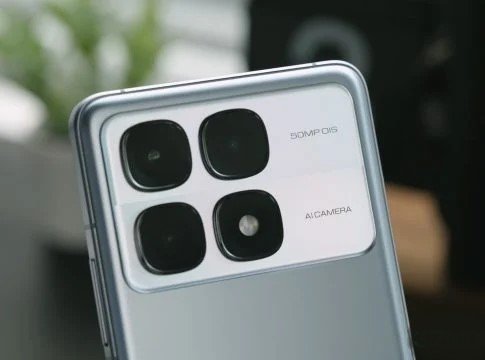
While the exact release date for the global market has yet to be confirmed, the K80 series’ international debut is expected to follow shortly after its Chinese launch. This global rollout under the POCO brand will give Xiaomi the opportunity to reach a larger audience, and it could potentially position the K80 series as one of the top contenders in the mid-range and flagship smartphone categories.

The collaboration between Xiaomi and TCL on the Redmi K80 series is shaping up to be an exciting development in the smartphone industry. With TCL’s OLED display technology, Snapdragon’s powerful processors, and HyperOS software, the K80 series promises to deliver an excellent user experience, both in terms of performance and visual quality.
Additionally, the fact that the K80 series will be available in global markets under the POCO brand ensures that more consumers will have access to these advanced features at competitive prices.
As we await the official unveiling in November, the leaks and rumors surrounding the Redmi K80 only add to the anticipation. Whether you’re looking for a powerful flagship device or a mid-range smartphone with high-end features, the Redmi K80 series is definitely one to watch. Keep an eye out for further updates as the release date approaches.


